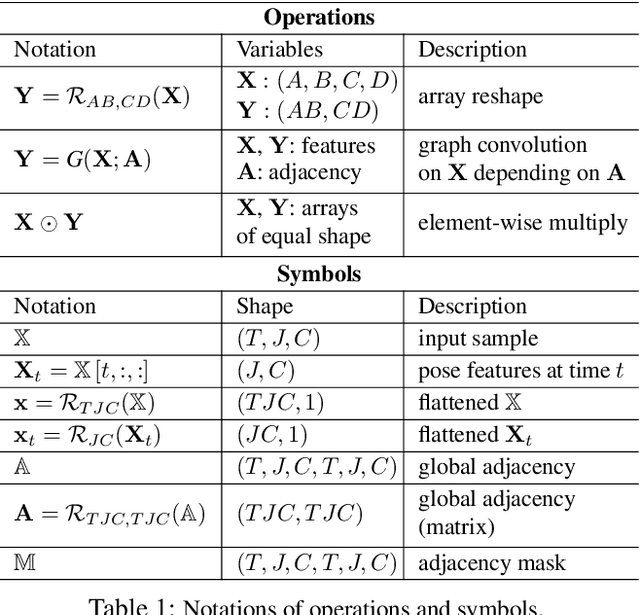GCNext: Towards the Unity of Graph Convolutions for Human Motion Prediction
Paper and Code
Dec 19, 2023



The past few years has witnessed the dominance of Graph Convolutional Networks (GCNs) over human motion prediction.Various styles of graph convolutions have been proposed, with each one meticulously designed and incorporated into a carefully-crafted network architecture. This paper breaks the limits of existing knowledge by proposing Universal Graph Convolution (UniGC), a novel graph convolution concept that re-conceptualizes different graph convolutions as its special cases. Leveraging UniGC on network-level, we propose GCNext, a novel GCN-building paradigm that dynamically determines the best-fitting graph convolutions both sample-wise and layer-wise. GCNext offers multiple use cases, including training a new GCN from scratch or refining a preexisting GCN. Experiments on Human3.6M, AMASS, and 3DPW datasets show that, by incorporating unique module-to-network designs, GCNext yields up to 9x lower computational cost than existing GCN methods, on top of achieving state-of-the-art performance.
 Add to Chrome
Add to Chrome Add to Firefox
Add to Firefox Add to Edge
Add to Edge